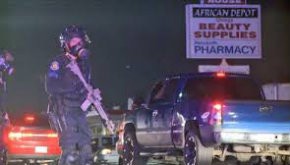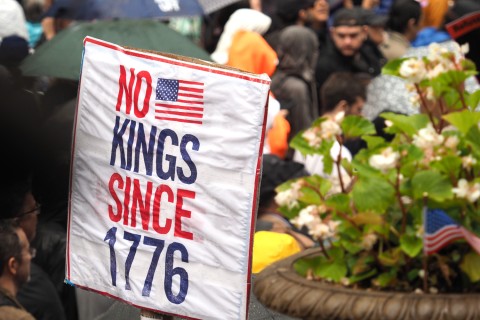A throwback to Birmingham

In April, a dispute over cattle grazing fees led to escalating tensions in Nevada between law enforcement and heavily armed protesters. Despite threats against them, the cops allowed protesters to assemble anywhere they wanted to on public land, provided they were peaceful and didn’t impede the feds’ work. Days later, when the conflict culminated in a tense armed standoff, federal rangers threatened tear gas but maintained restraint—until local law enforcement defused the situation by backing down.
The protesters were mostly white.
This weekend, protests over a cop’s fatal shooting of an unarmed, noncriminal, not-fatherless teenager led to a massive police militarization—a militarization that began before any looting or rioting did—in Ferguson, Missouri, a St. Louis suburb. Here, cops in riot gear tear-gassed people assembling on their own property. Protesters were shot with rubber bullets; a pregnant woman was forced to lie on her stomach. The small town remains basically under militarized police occupation.





